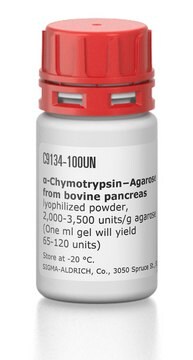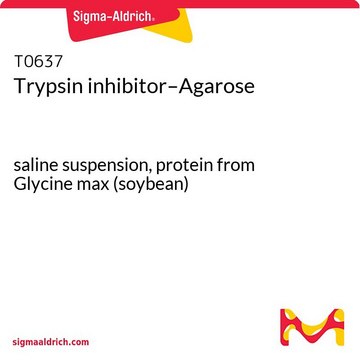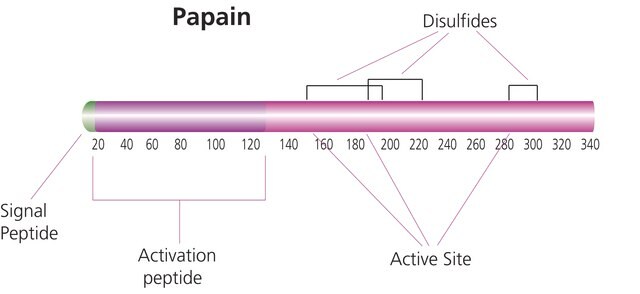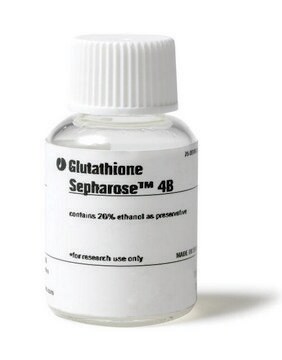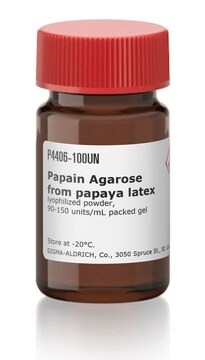T1763
Trypsin Agarose
buffered aqueous suspension, from bovine pancreas trypsin
About This Item
Produits recommandés
Source biologique
bovine pancreas (trypsin)
Forme
buffered aqueous suspension
Concentration
≥15 units/mL (packed gel)
Ampleur du marquage
≥15 units per mL packed gel
Matrice
cross-linked beaded agarose
Conditions d'expédition
wet ice
Température de stockage
2-8°C
Catégories apparentées
Description générale
Application
Autres remarques
Définition de l'unité
Forme physique
Mention d'avertissement
Warning
Mentions de danger
Conseils de prudence
Classification des risques
Eye Irrit. 2 - Skin Irrit. 2 - Skin Sens. 1 - STOT SE 3
Organes cibles
Respiratory system
Code de la classe de stockage
10 - Combustible liquids
Classe de danger pour l'eau (WGK)
WGK 3
Équipement de protection individuelle
Eyeshields, Faceshields, Gloves, type ABEK (EN14387) respirator filter
Certificats d'analyse (COA)
Recherchez un Certificats d'analyse (COA) en saisissant le numéro de lot du produit. Les numéros de lot figurent sur l'étiquette du produit après les mots "Lot" ou "Batch".
Déjà en possession de ce produit ?
Retrouvez la documentation relative aux produits que vous avez récemment achetés dans la Bibliothèque de documents.
Les clients ont également consulté
Notre équipe de scientifiques dispose d'une expérience dans tous les secteurs de la recherche, notamment en sciences de la vie, science des matériaux, synthèse chimique, chromatographie, analyse et dans de nombreux autres domaines..
Contacter notre Service technique

